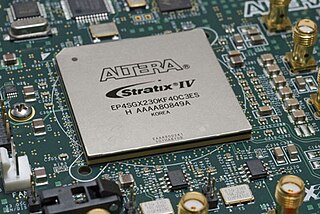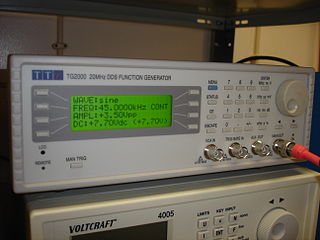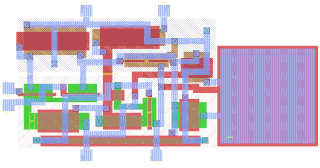Process of hardware watermarking
Hardware or IP core watermarking in the context of DSP/Multimedia Cores are significantly different from watermarking of images/digital content. IP Cores are usually complex in size and nature and thus require highly sophisticated mechanisms to implant signatures within their design without disturbing the functionality. Any small change in the functionality of the IP core renders the hardware watermarking process futile. Such is the sensitivity of this process. Hardware Watermarking [7] [8] [9] can be performed in two ways: (a) Single-phase watermarking, (b) Multi-phase watermarking.
Single-phase watermarking process
As the name suggests, in single-phase watermarking process the secret marks in the form of additional constraints are inserted in a particular phase of design abstraction level. Among the all design abstraction level of Electronic design automation process inserting watermarking constraints at High-level synthesis is always beneficial, especially where the applications have complex algorithms (such as Digital signal processor, Media processor). The register allocation phase of High-level synthesis is one of the popular locations where single-phase watermarking constraints are inserted. Mostly the secret marks are inserted in the register allocation phase using the concept of Graph coloring, where each additional constraint is added as an additional edge of the graph. Moreover, the additional constraints are mapped with an encoded variable for providing another layer of security. In binary encoding process [2] the signature is provided in the form of 0 and 1; where each digit indicates a decoded constraints. In multi-variable encoding process [3] [7] the signature is provided in the form of four different variables viz. 'i', 'T', 'I', '!'.
Electronic design automation (EDA), also referred to as electronic computer-aided design (ECAD), is a category of software tools for designing electronic systems such as integrated circuits and printed circuit boards. The tools work together in a design flow that chip designers use to design and analyze entire semiconductor chips. Since a modern semiconductor chip can have billions of components, EDA tools are essential for their design.
High-level synthesis (HLS), sometimes referred to as C synthesis, electronic system-level (ESL) synthesis, algorithmic synthesis, or behavioral synthesis, is an automated design process that interprets an algorithmic description of a desired behavior and creates digital hardware that implements that behavior. Synthesis begins with a high-level specification of the problem, where behavior is generally decoupled from e.g. clock-level timing. Early HLS explored a variety of input specification languages., although recent research and commercial applications generally accept synthesizable subsets of ANSI C/C++/SystemC/MATLAB. The code is analyzed, architecturally constrained, and scheduled to transcompile into a register-transfer level (RTL) design in a hardware description language (HDL), which is in turn commonly synthesized to the gate level by the use of a logic synthesis tool. The goal of HLS is to let hardware designers efficiently build and verify hardware, by giving them better control over optimization of their design architecture, and through the nature of allowing the designer to describe the design at a higher level of abstraction while the tool does the RTL implementation. Verification of the RTL is an important part of the process.

A digital signal processor (DSP) is a specialized microprocessor, with its architecture optimized for the operational needs of digital signal processing.
Multi-phase watermarking process
As the name suggests, in the multi-phase watermarking process the additional constraints are inserted in multiple phases of a particular design abstraction level. For example, in High-level synthesis scheduling, hardware allocation and register allocation are used to insert a watermark. The main challenge of the multi-phase watermarking process is the dependence between additional constraints of multiple phases. In an ideal scenario, the watermarking constraints of each phase should not depend on each other. In other words, if somehow the watermarking constraints of a particular phase are tampered or removed, it should not impact the constraints of other phases. In multi-phase encoding process [1] [4] the signature is provided in the form of seven different variables viz. 'α', 'β', 'γ' 'i', 'T', 'I', '!'; where γ inserts watermark in scheduling phase, α and β insert watermark in hardware allocation phase, i, T, I, and ! insert watermark in the register allocation phase.









